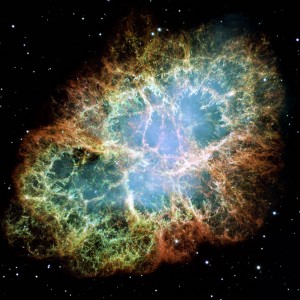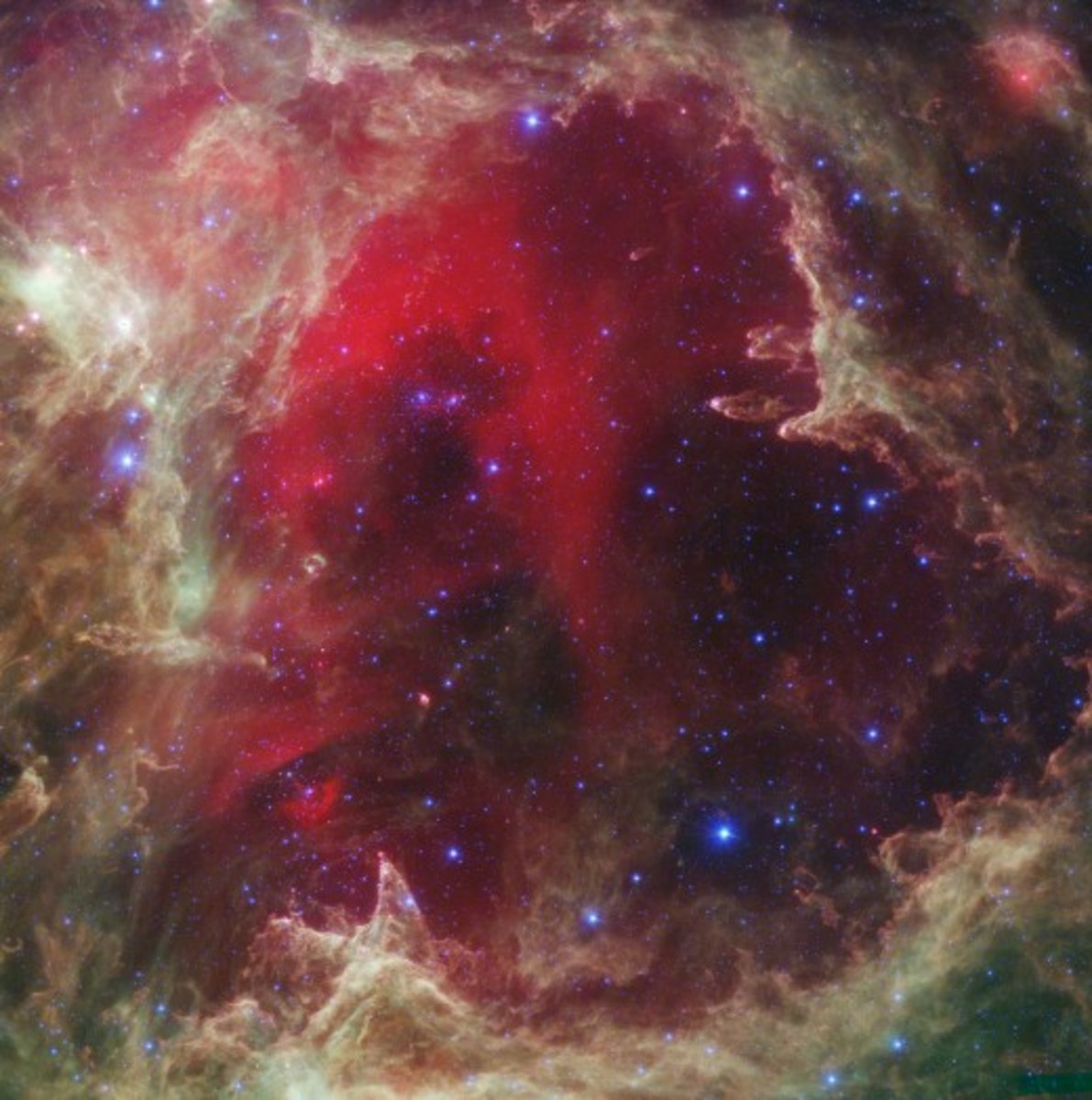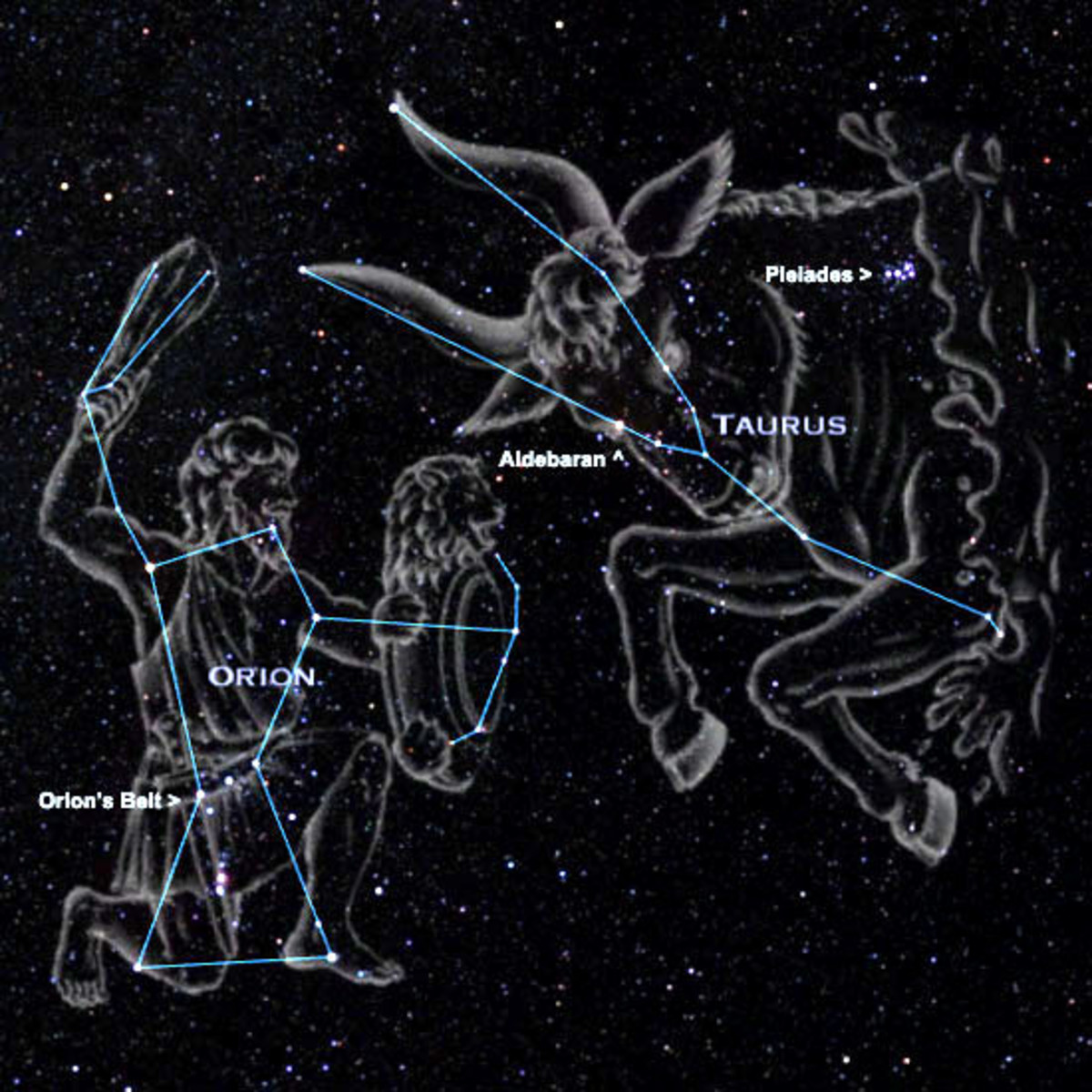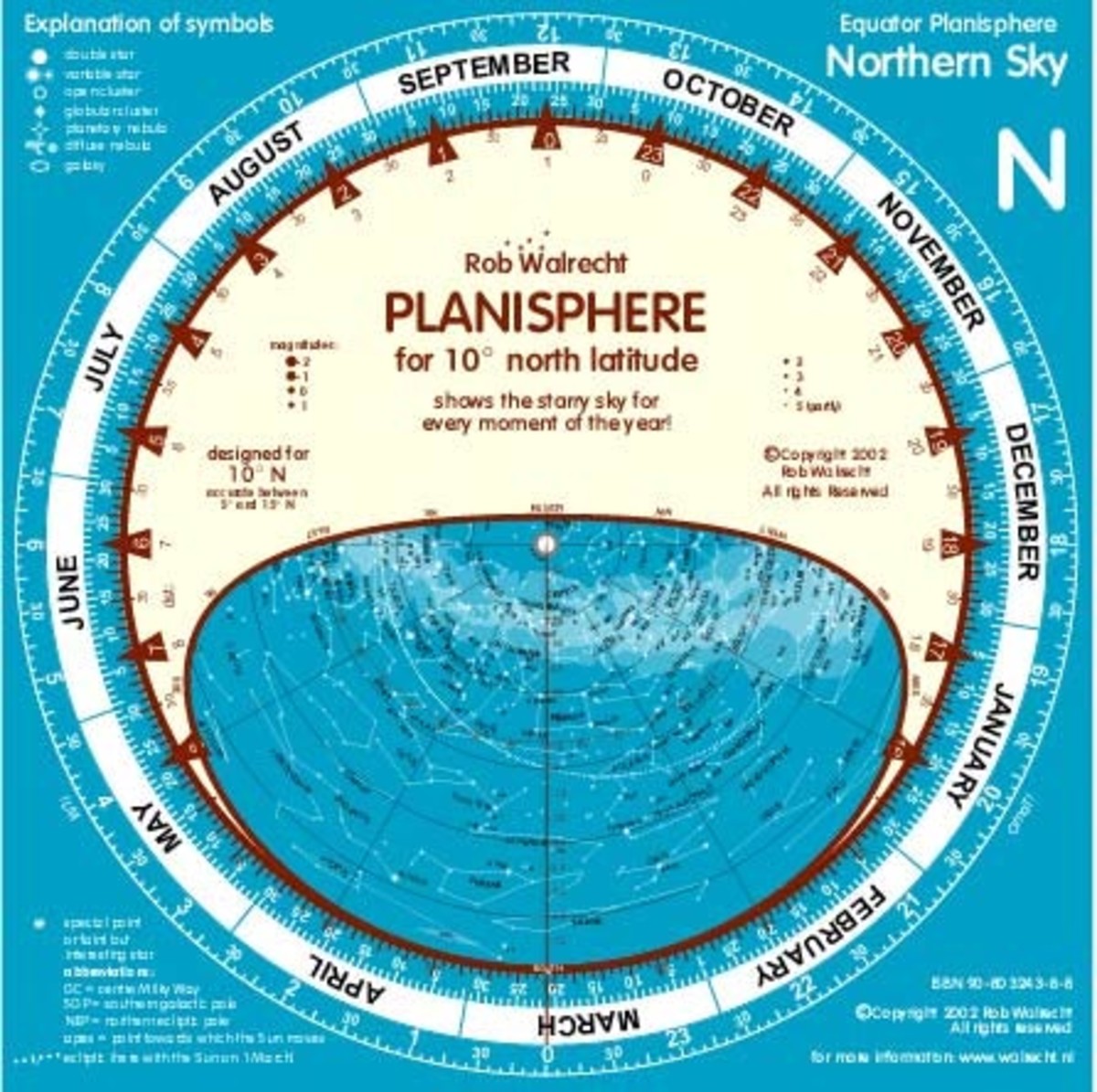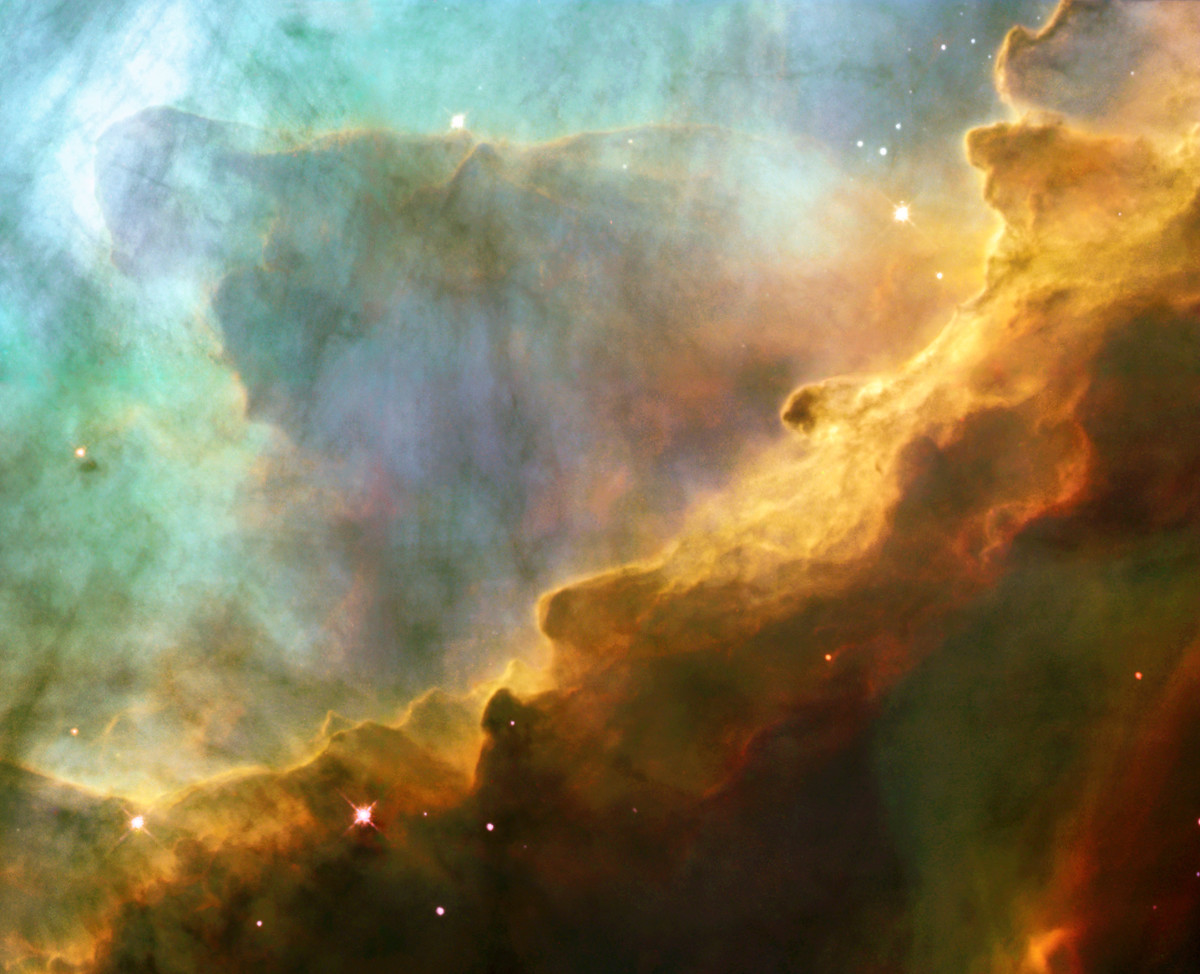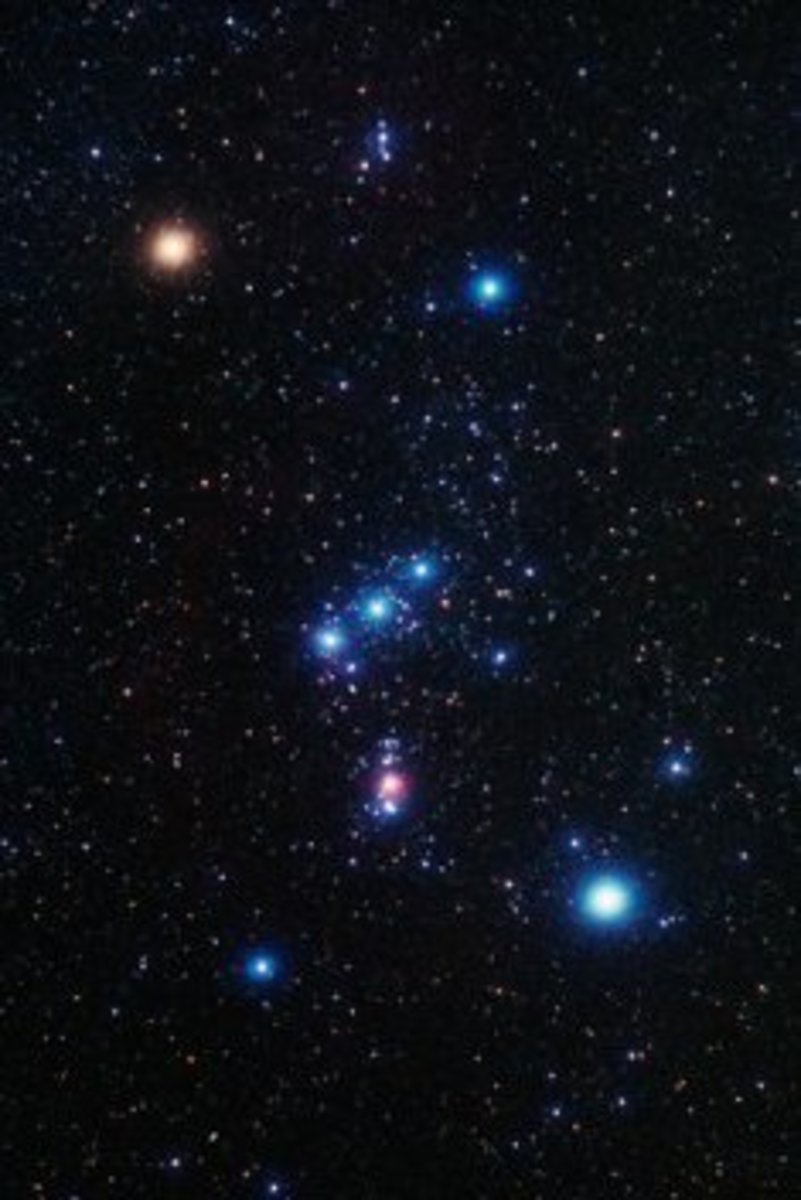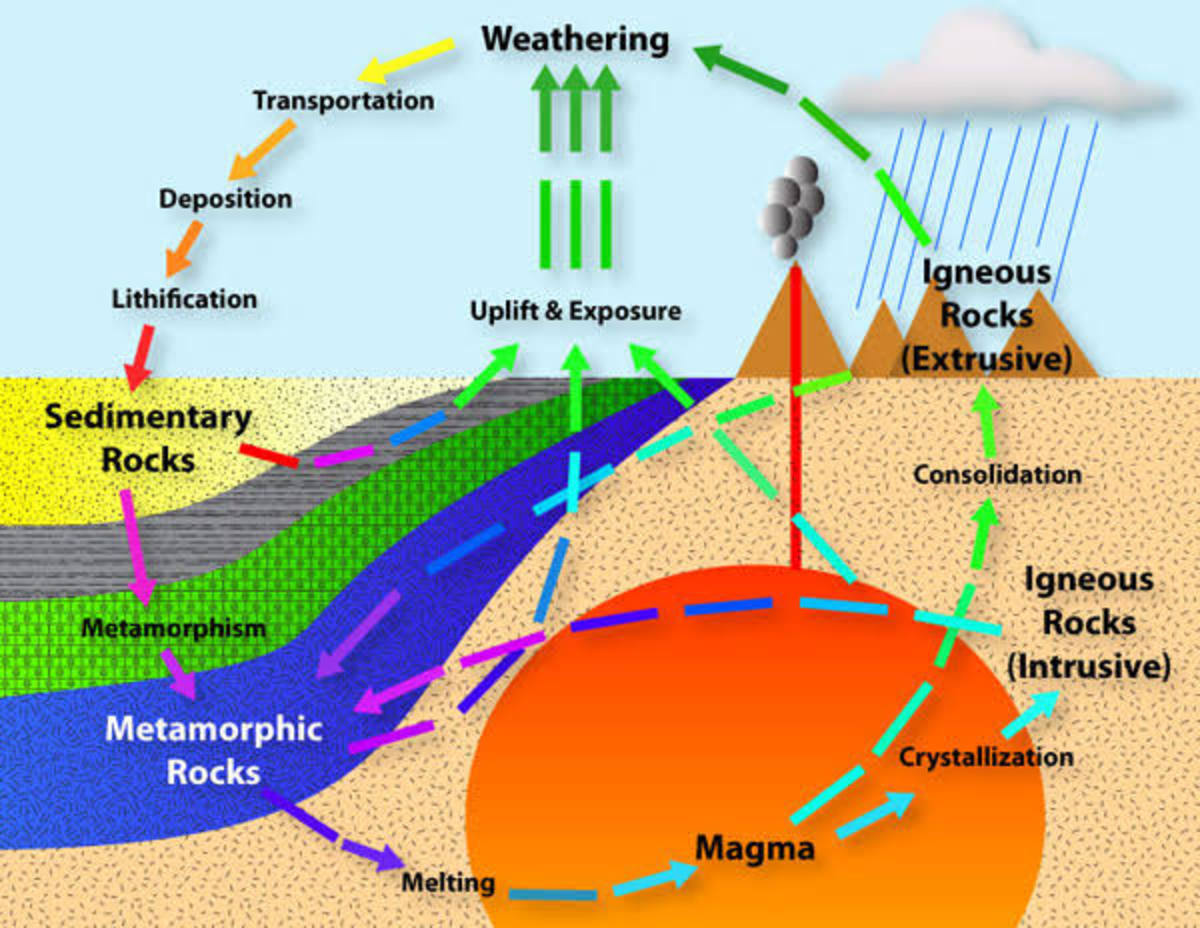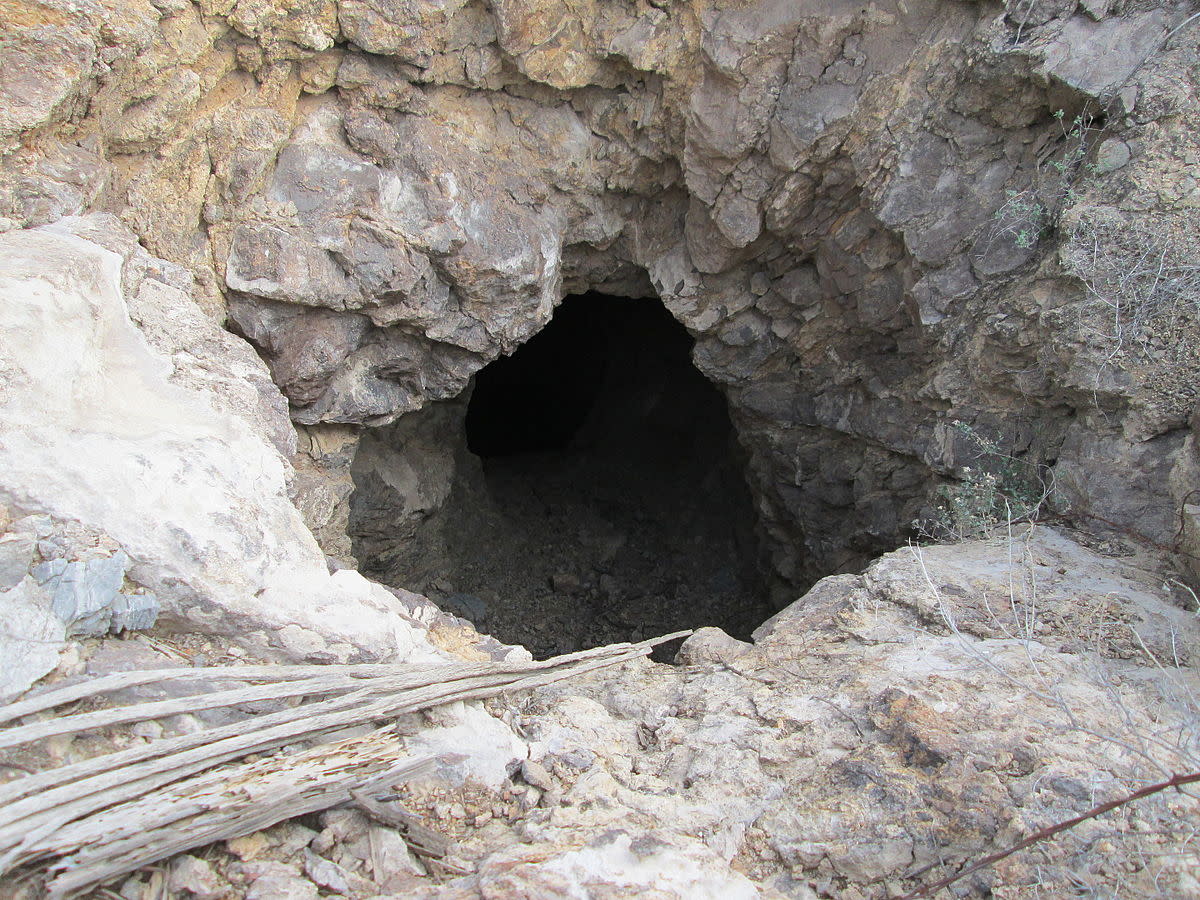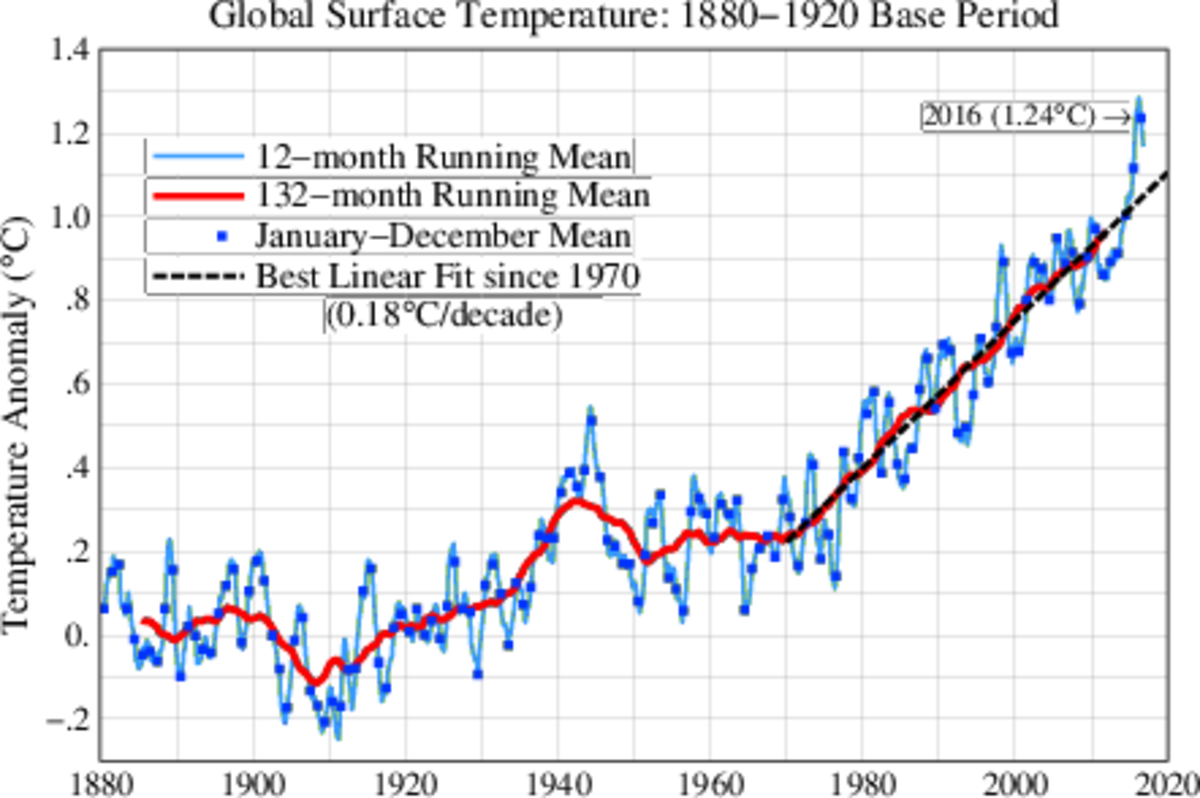Bright Nebulae
Nebula is defined by a set of celestial objects very different in nature and has its originin the ambiguity of the term "hazy" because the word comes from Greek and meanscloud. So, all those celestial objects that were discovered with the invention of the telescope, whose four anniversary celebrated on this blog, and presenting an aspect of "cloud" is given name. But as they improved optical media it was found that someobjects look "hazy"were actually distant star clusters, including galaxies like our own Milky Way or other objects of arbitrary shape aspects and different.
at first glance, todistant planets discs, and for that reason were called planetary nebulae, this time wewill approach the most abundant nebulae visible in the universe ; bright nebulae.
It should make for a more detailed classification of those objects look hazy, hazyunderstood for even the clouds of gas and dust that objects appear hazy in the eyesof an observer, its nature and composition is different in some cases These are areas of intense star birth and in other cases remains of what they were stars.
In any case, these celestial objects are on their own some of the most beautiful objects that can be observed in space.
Also called by some authors as diffuse nebulae, it is huge conglomerates ofinterstellar gas composed mainly of hydrogen. A simple classification that refers to the energy state that has the substance contained in the nebula is the sigiente;
Reflection nebula: Reflection nebulae are clouds of dust which reflect the light atomsof a nearby star, so they show the same color as the stars whose light reflected, an example is the blue nebula surrounding the known winter cluster of the Pleiades. .
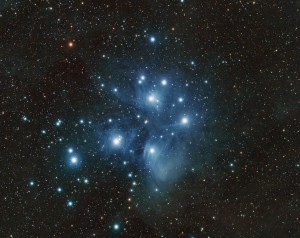
Emission Nebulae: Emission nebulae glow because their atoms, excited by ultraviolet radiation from nearby stars (spectral types O and B usually) become sources of radiation. Clouds of gas are receiving energy radiated by nearby hot stars, typically redand shown in astronomical images due to the characteristic radiation of hydrogen inthe red region of the spectrum. Emission nebulae, the most characteristic and cookedby amateurs, often have two different areas according to their nature;
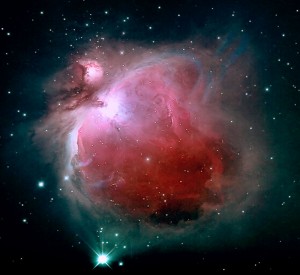
a) HII regions. Are regions close to the stars and those who typically know. Ultraviolet photons emitted by stars is absorbed by the atoms of gas in the nebula, whose energyelectrons jump several levels. The return to the ground state then occurs in steps,releasing energy in the form of visible radiation. Not all energy used in the ionization,but some increases the temperature up to 10000 ° K. The ionization of hydrogen canreach distances of several tens of light years. The higher the stellar temperature, the greater the volume of ionized gas and of course the higher the level.
b) Regions HI. Are further away from such stars as stellar radiation gets weaker. They are therefore colder than the previous, only about 150 ° K, and the hydrogen is ionizedbut is neutral state. These nebulae can not be observed visually because its density is very low and does not emit visible light. In another change that emit radio waves(radiation of 21 cm), making it necessary to use a radio telescope to detect.
It should be noted that many nebulae have both the phenomenon of reflection as the broadcast. Some authors distinguish typical HI regions called dark nebulae.
Dark Nebulae: The absorption or dark nebulae are vast clouds of gas-rich dustparticles that absorb light and are present only when there is a light source behind or a rich star field. They are known all nebulae Barnard detected photographically bynearly a century ago, but there are many more and an undetermined number couldaccommodate interesting cosmological consequences on the amount of masspresent in galaxies, we remain unknown.
On average, some authors cite the amount of dust is about 100 times smaller thanthat of gas. To detect them, as well as photographic techniques are not always obvious, it takes account of the star of some magnitude that is in an area of the skyand compared with which, on average, should appear.
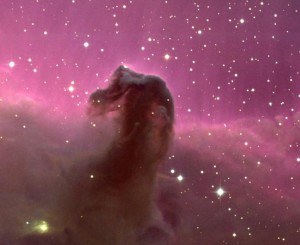
Supernova Remnant: This other type of object cloudy appearance is even moresurprising that the planetary nebulae we saw in the last entry dedicated to these exotic objects. Occur when a massive star explodes at the end of his life and spreads itsmatter into space. They look ragged, the result of the violent final explosion. In the center is a star-type degenerate from a few tens of kilometers in radius, a residue of the original star, which emits strongly in X-rays and radio waves.
